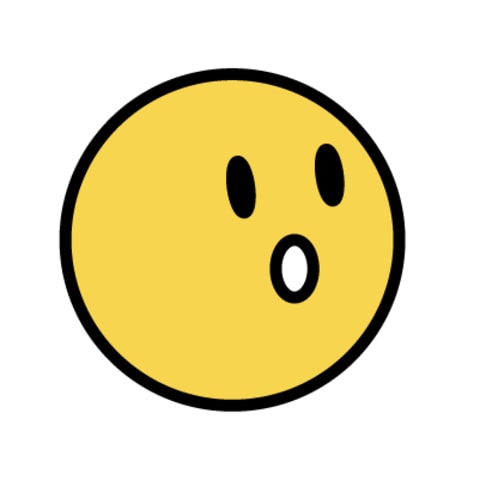Why does everything on the internet look the same now?
From typefaces, websites and logos to buildings, cars and home decor, a handful of internet and design industry trends are making everything look more similar.
Why does everything on the internet look the same now?
Typefaces, websites, logos, web illustrations and product designs are getting less distinctive. Blame "design thinking" and too much inspiration.
Links I Would Gchat You If We Were Friends and Yahoo may earn commission from links in this story. Pricing and availability subject to change.
Caitlin Dewey·
Links I Would Gchat You If We Were Friends
Updated May 9, 2024
Have you seen that ubiquitous Instagram reel of the woman pretending to be different fonts? You are the target audience if you, like me, took a single introductory design class in college. In the clip, creator Elle Cordova plays a series of typefaces, adopting a different costume and persona for each one: a bespectacled snob for Garamond, a coked-up newspaperman for Courier, a purple-haired hippie for Comic Sans, etc.
People love this video. The original installment has 1.8 million likes. Since January, Cordova has also filmed two follow-ups — the most recent sponsored by Monotype Fonts, a massive, quasi-monopolistic global library. Monotype has amassed a collection of tens of thousands of typefaces, including biggies like Times New Roman, Arial and Calibri, which many applications proffer by default. The company’s primacy is controversial: Some designers accuse it of stifling original, independent and experimental work.
For that reason, Monotype’s appearance in Cordova’s typeface skits struck me as ironic, if a win for all involved. It makes sense that the reigning autarch of web fonts would want to sponsor what amounts to a (enormously clever!) three-part advertorial. But Cordova’s skits work, in large part, because they celebrate the personality and variety of typefaces we encounter online. And by many measures, those typefaces are actually getting more similar and less interesting, thanks to factors including Monotype’s near-monopoly, Instagram’s algorithms and other consolidating forces in web design.
This subject has been on my mind for a while — roughly a year, in fact (!). On May 17, 2023, TikTok adopted a new and much-heralded typeface called TikTok Sans, which … looks eerily similar to Proxima Nova, the one that preceded it.
Proxima Nova is purportedly the most-used commercial typeface on the web, and — at the time — I was interested in the idea that its waning popularity might say something about The Culture.™
But as I floated this theory to designers, including the guy who first created Proxima Nova in 1994, I realized that internet brands weren’t exactly diversifying away from Proxima’s aesthetic. Instead, companies including TikTok, Google, Netflix and Airbnb have trumpeted “new,” bespoke typefaces that are essentially Proxima Nova, with a few token changes. Even Cordova, of “fonts hanging out” fame, might struggle to invent distinct personalities for lookalikes like Airbnb’s Cereal and Google’s Product Sans.
This phenomenon — which one writer dubbed (*Garamond voice*) “ aesthetic consolidation” — isn’t limited to typefaces or fonts. Many designers and critics have griped that a wave of overwhelming sameness has also overtaken mainstream web design and visual culture writ large.
In 2020, a fascinating study by researchers at Indiana University analyzed the color, layout and style of 10,000 websites and concluded that they’d become markedly more similar since 2010. Logos, web illustrations and product designs also increasingly look the same, as do buildings, cars, home interiors and residential paint choices. Last year, the brand strategist Alex Murrell rounded many of these examples up in a visual essay called “ The Age of Average,” which I think about … almost every day.
“From film to fashion and architecture to advertising, creative fields have become dominated and defined by convention and cliché,” Murrell wrote. “Distinctiveness has died. In every field we look at, we find that everything looks the same.”
Why is this happening, though, and what does the internet have to do with it? There are, frankly, as many theories as there are typefaces in Monotype’s collection. Some have posited that it relates to the rise of software and typeface libraries, including Monotype, or other standardized visual reference points, like Instagram and HGTV. Others — most notably the writer and critic Kyle Chayka — have argued that social media algorithms promote a standardized, smooth-edged visual culture, most readily seen in places like coffee shops and Airbnbs.
I am personally not qualified to speculate. (I got a B+ in that one design class.) But I recently called up Jarrett Fuller, a designer and writer who teaches at North Carolina State University and hosts the Scratching the Surface podcast. Fuller also writes a blog and is the author of the books What It Means To Be A Designer Today and Where Must Design Go Next?
This conversation has been lightly edited for length and clarity. Please enjoy it!